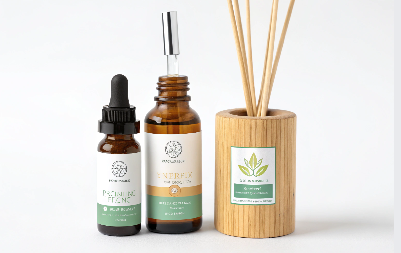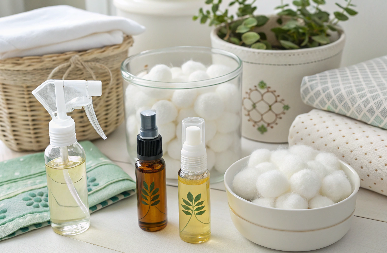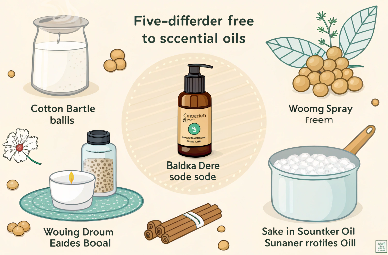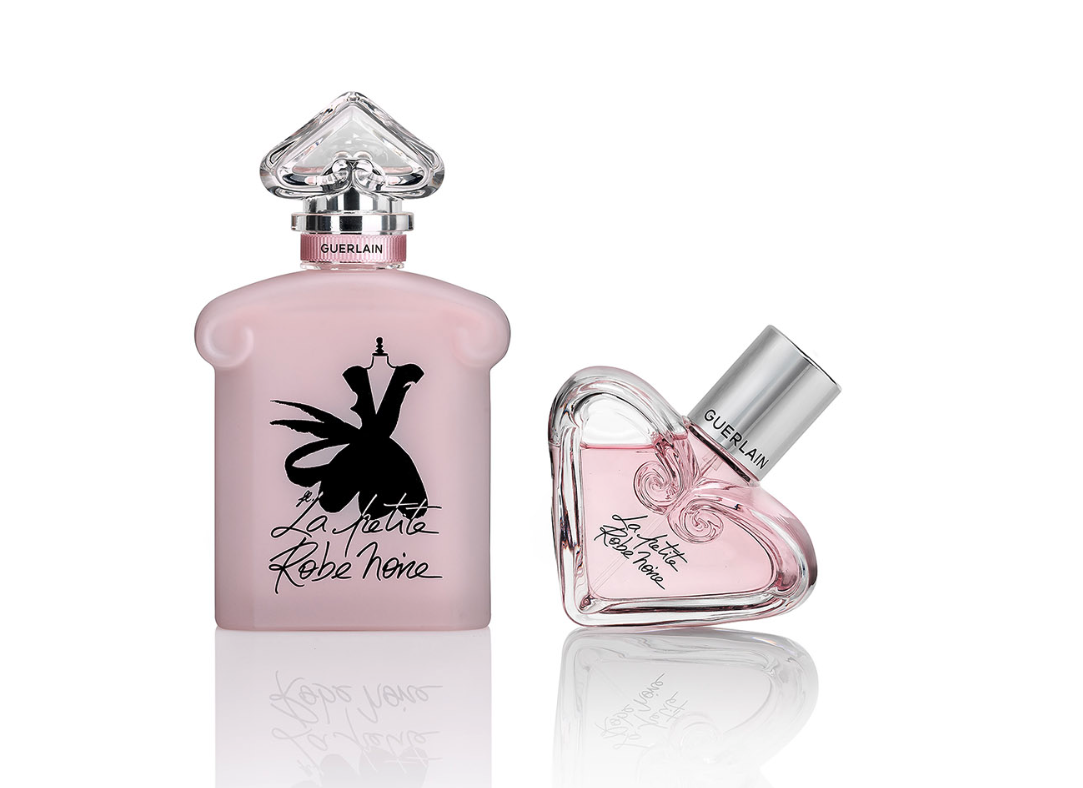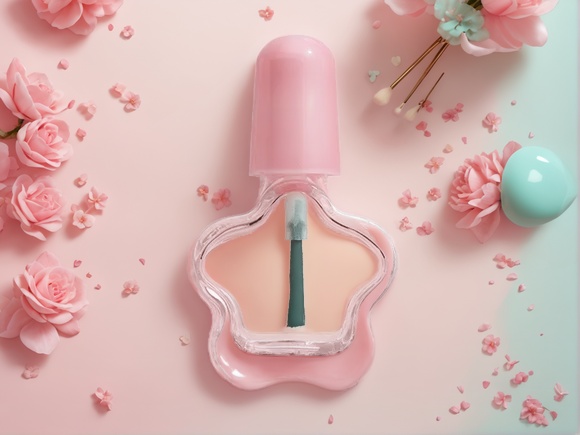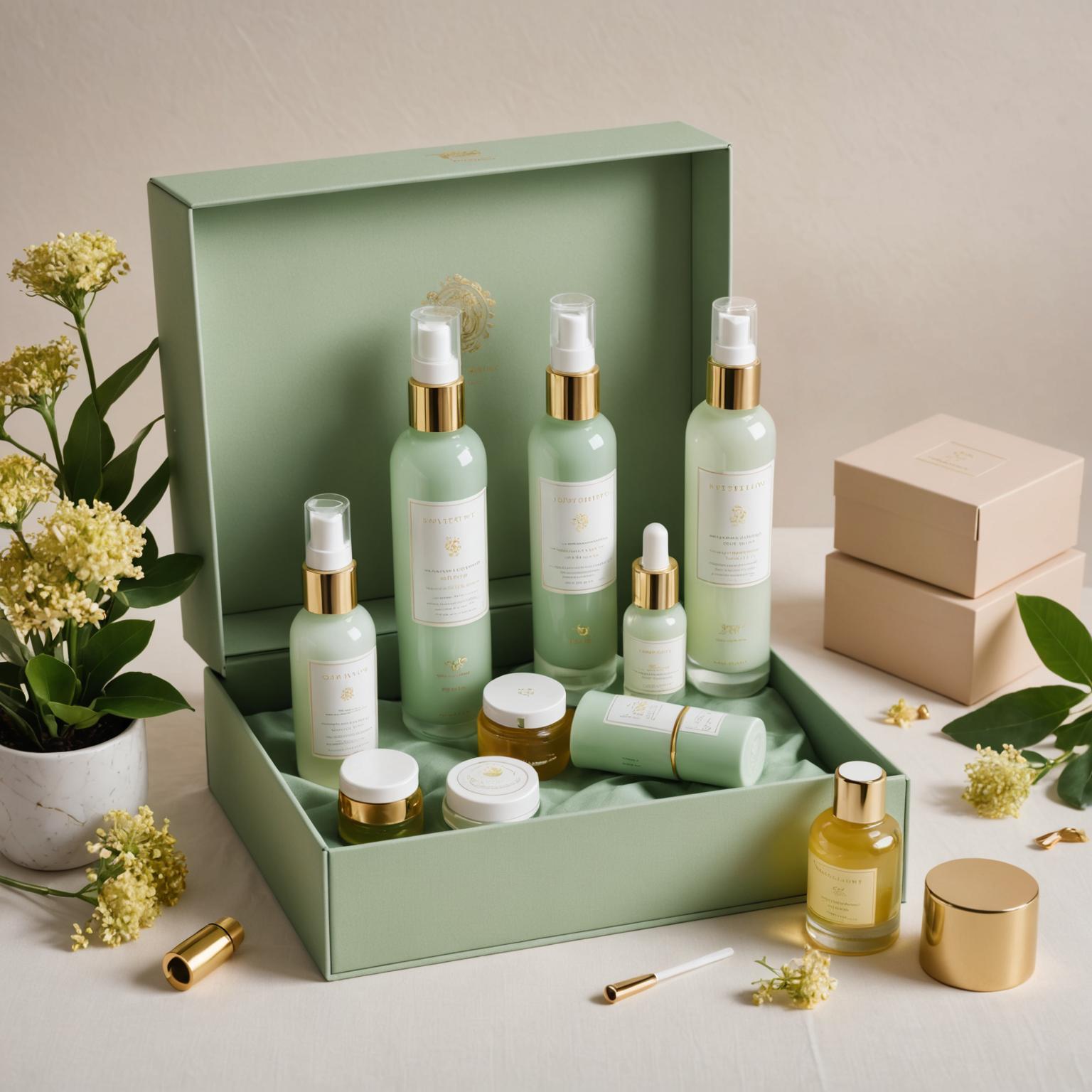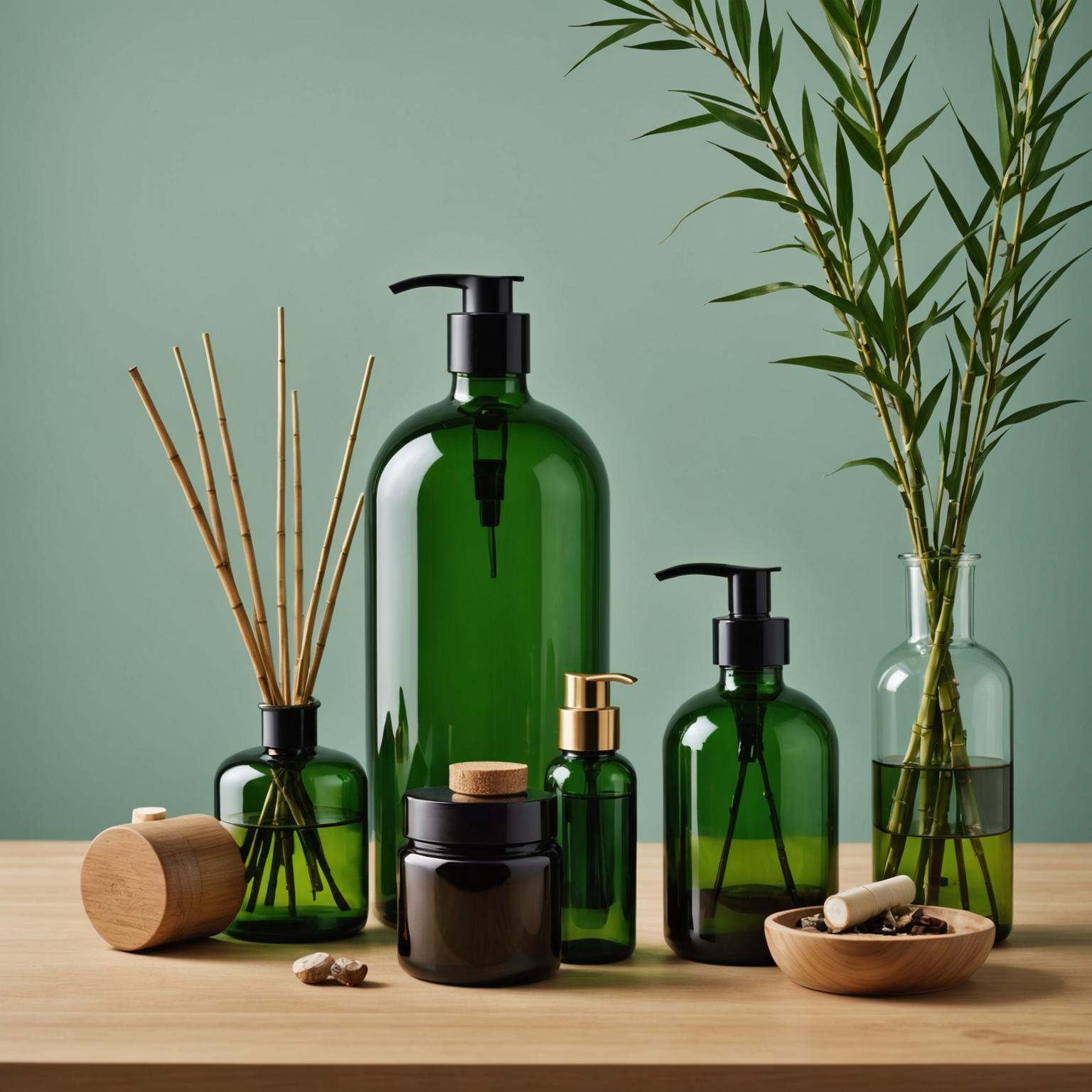No diffuser? No problem—scent your space naturally with a few clever tricks.
You can scent a room with essential oils without a diffuser by using cotton balls, spray bottles, tissue paper, bowls of water, or fabric-based methods like pillowcases and curtains.
If you're a wellness entrepreneur, indie beauty brand, or simply a scent-loving minimalist, diffusers aren’t your only option. Whether you're showcasing new EO blends, creating DIY gift kits, or designing packaging ideas for eco-conscious customers, it's helpful to know the many low-tech, low-cost ways to fill a room with aroma. Let’s dive into diffuser-free aromatherapy that still delivers impact.
How do you scent a room with essential oils without a diffuser?
Sometimes simplicity is the most sustainable solution.
To scent a room without a diffuser, add a few drops of essential oil to absorbent materials like cotton balls, wood blocks, or even baking soda jars, then place them strategically around the room.
Dive Deeper: Top 5 Diffuser-Free Room Scenting Methods
1. Cotton Ball Method
-
Add 4–5 drops of essential oil to a cotton ball
-
Tuck it behind furniture, inside pillowcases, or near vents
-
Refresh every 2–3 days
2. Essential Oil Spray Bottle
-
Mix 10–15 drops of EO with 30ml water + 1 tsp alcohol (or witch hazel)
-
Pour into a dark glass spray bottle
-
Mist into the air, on curtains, or rugs (spot-test first!)
At PauPack, we offer custom-labeled amber and cobalt spray bottles in 30–200ml sizes, ideal for brands who want to include DIY sprays in gift sets or retail shelves.
3. Baking Soda Jar
-
Fill a small mason jar halfway with baking soda
-
Add 10–15 drops of essential oil
-
Cover with breathable cloth or paper and secure with a rubber band
-
Shake every few days to refresh the scent
4. Wooden Clothespins or Beads
-
Apply 1–2 drops of oil to wooden pins or porous beads
-
Clip to vents, curtain edges, or hang in closets
-
Works beautifully for pine, lavender, or citrus blends
5. Simmer Pot Aromatherapy
-
Add citrus peels, herbs, and essential oils to a pot of water
-
Simmer on low heat on the stove
-
Acts like a natural humidifier and room scent all-in-one
These options are perfect for customers who want a natural alternative to plug-ins or who travel frequently and can't bring a diffuser. At PauPack, we often package sample oils with small cotton rounds or DIY cards for value-added unboxing experiences.
What can you use instead of a diffuser for essential oils?
Think outside the gadget—your home is full of scent-friendly surfaces.
Instead of a diffuser, you can use porous materials like fabric, wood, clay, paper, or baking soda to release essential oil aromas gradually into a room.
Dive Deeper: Everyday Diffuser Alternatives
| Alternative | How It Works | Best Use Cases |
|---|---|---|
| Cotton Balls | Absorbs and slowly evaporates scent | Small rooms, drawers |
| Fabric Squares | Tucked into pillowcases or under rugs | Bedrooms, closets |
| Wood Slices | Absorbent and reusable | Desk areas, gift packaging |
| Terra Cotta Discs | Naturally diffuses scent | Bathrooms, travel kits |
| Toilet Paper Roll | Add EO inside the roll core | Bathrooms |
If you’re building a brand around minimalist or eco-conscious living, these alternatives open up possibilities for DIY kits, scented packaging inserts, or even refill-friendly gift sets. PauPack can help you pair custom EO bottles with reusable elements like bamboo wood chips or terracotta hangers for a unique customer experience.
How do you use essential oils to smell a room?
Don't just spray and pray—use strategy for scent that stays.
To use essential oils to scent a room, choose a scent based on mood, apply it to a porous surface or mist it into textiles, and repeat regularly to maintain fragrance.
Dive Deeper: Matching Oil to Purpose
| Room Type | Goal | Suggested Oils | Application Ideas |
|---|---|---|---|
| Living Room | Inviting & relaxing | Lavender, orange, frankincense | Spray curtains, wood diffuser |
| Bathroom | Fresh & clean | Eucalyptus, peppermint, lemon | TP roll trick, vent cotton ball |
| Bedroom | Calm & sleep aid | Chamomile, cedarwood, sandalwood | Pillow mist, cotton under bed |
| Office | Focus & energy | Rosemary, peppermint, basil | Clothespin on vent, desk jar |
Pro Tip: Essential oils dissipate faster than synthetic fragrances. Daily or every-other-day refreshing is key.
At PauPack, we provide amber bottles with misting sprayers that preserve oil quality and deliver a fine, even spray—perfect for room mists or linen sprays.
Can you put essential oils on a cotton ball?
Small, absorbent, and genius in its simplicity.
Yes, you can safely use essential oils on a cotton ball to scent a room—just avoid placing it where oils might stain surfaces.
Dive Deeper: Creative Cotton Ball Placement
-
Closet Freshener: Drop lavender or cedarwood on a cotton ball and tuck into drawers or hang in a mesh bag
-
Car Deodorizer: Drop peppermint or orange on a cotton ball and clip it near your air vent
-
Hotel Room Hack: Drop your favorite relaxing oil and place near the headboard or AC vent
For wellness or lifestyle brands, this method can become part of your packaging or gifting strategy. We’ve helped brands include essential oil sample kits with cotton rounds in tins, offering customers a passive aromatherapy experience they can take anywhere.
Conclusion
You don’t need a diffuser to enjoy the benefits of essential oils—just creativity and the right material. From cotton balls to custom spray bottles, there are countless ways to fill a room with natural aroma and wellness, making essential oils more accessible, affordable, and flexible than ever.




